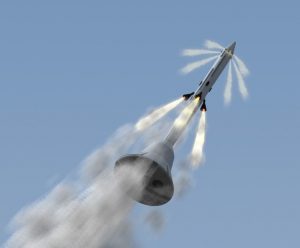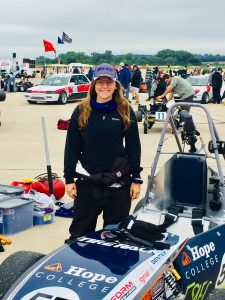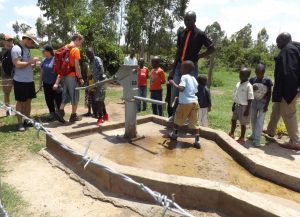The Engineering Department is pleased to announce our annual year-end student awards. This list of awardees represents just the tip of the iceberg of the amazing engineering students at Hope College. Descriptions of the awards and some information about the recipients are give below.
Senior Engineering Prize
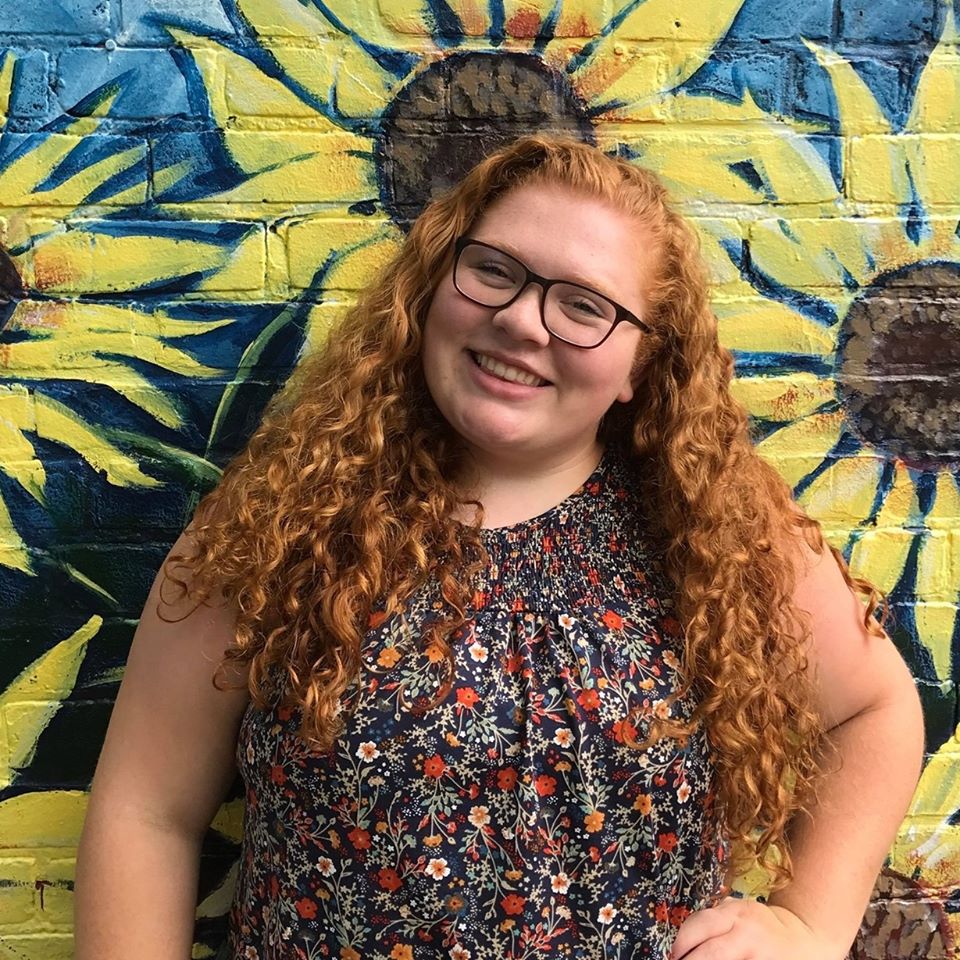
Alyssa VanZanten was selected by the engineering faculty to received the Senior Engineering Prize. This award is given to the senior student who is the most outstanding student in engineering. Alyssa researched advanced materials at Hope for two summers, was awarded a nationally competitive SCI Scholar internship at Honeywell, and co-founded the Women in Science and Engineering group at Hope. This upcoming fall, Alyssa will begin her doctoral studies in Materials Science and Engineering at Michigan State University, where she was awarded an Engineering Distinguished Scholarship for her first year of graduate study.
The VanPutten Engineering Design Prize
The VanPutten Prize is given by the Engineering faculty to a graduating engineering student who shows exceptional ability, interest, and accomplishment in engineering design. This award is named in honor of Professor James VanPutten in recognition of his accomplishments in engineering design and his efforts to establish the engineering program at Hope College. This year two students received the VanPutten award, Anna Wormmeester and Devin Hiemstra. Anna worked on a client supplied design project, the Namaste Task Light. The goal was to create an aesthetically pleasing, fully functional task light, that satisfied a variety of design requirements and lighting codes. She particularly enjoyed working with the microcontroller that was used to control all of the light’s functions. The goal of Devin’s project was to develop an automated decision-making tool that optimized the construction of residential walls for homes constructed in the context of disaster relief housing initiatives. He was particularly engaged in programming the decision making tool and performing thermal simulations of a variety of wall material types. Anna will be joining Dematic as a Software Engineer in their autonomous vehicle group. Devin will be joining Tekton, a hand tool company, as a Product Developer.
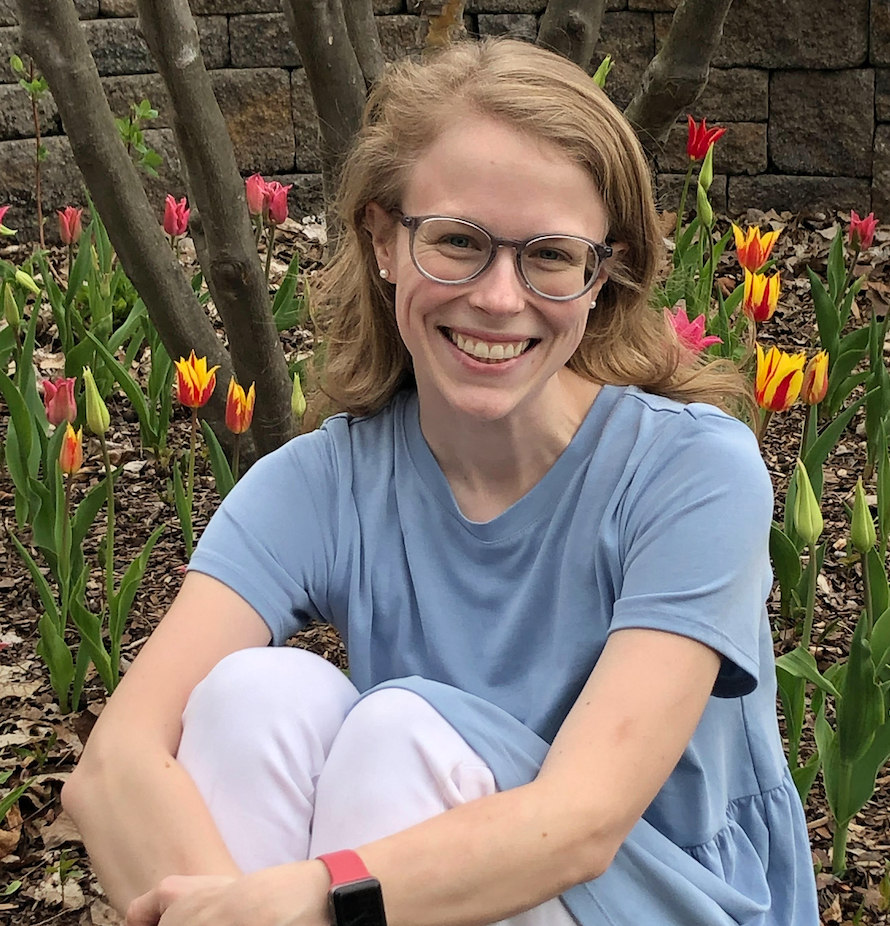
Anna Wormmeester ’20, Electrical Concentration 
Devin Hiemstra ’20, Mechanical Concentration
Blok-Williams Graduate Study Award
Alex Osterbaan received the Blok-Williams award, which is given to a graduate school bound senior student for excellence in the study of the field of engineering. He worked as an undergraduate researcher at Hope for two summers in the areas of advanced materials (metal organic frameworks) and in designing lab experiments using a prototype Raman Laser for undergraduate education. He also was awarded a nationally competitive SCI Scholar engineering internship with Trinseo LLC in Midland, MI. Alex will be attending the University of Colorado Boulder to pursue a PhD in Chemical Engineering. He plans to perform research in the area of polymers.
Paul Baeverstad Award
The selection of the Paul Baeverstad Award recipient is based on a vote of the senior class of engineering students. It is given in recognition of a student who is valued as a superior engineer, classmate, and friend. This year’s winner was Kelly Peregrine. Kelly was a member of the Hope women’s cross country and track teams, including serving as captain of the cross country team. She performed summer research at Hope on the breakdown of running shoes over time, and on a separate project she worked on developing noninvasive treatments for phantom limb pain. Kelly will spend the next year as an intern at the University of Wisconsin-Madison Neuromuscular Biomechanics Lab.
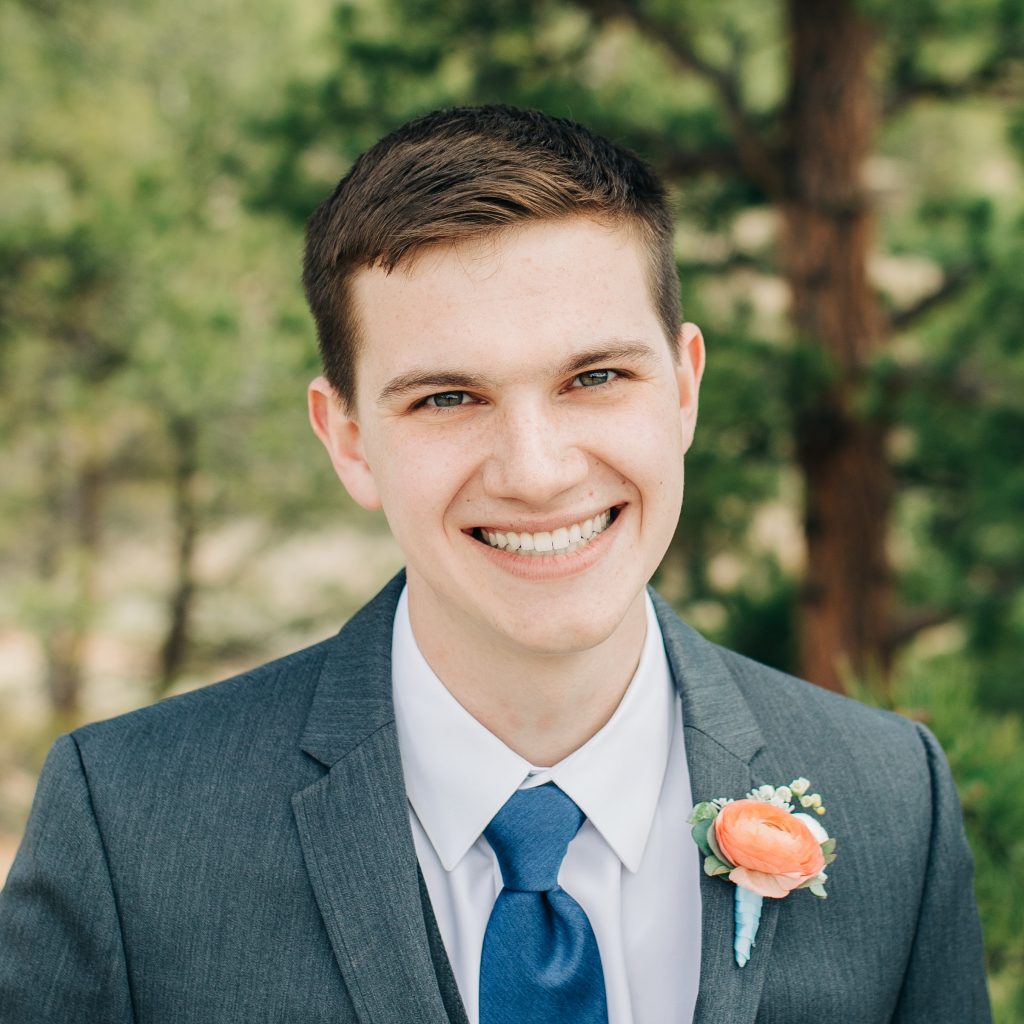
Alex Osterbaan ’20, Chemical Concentration 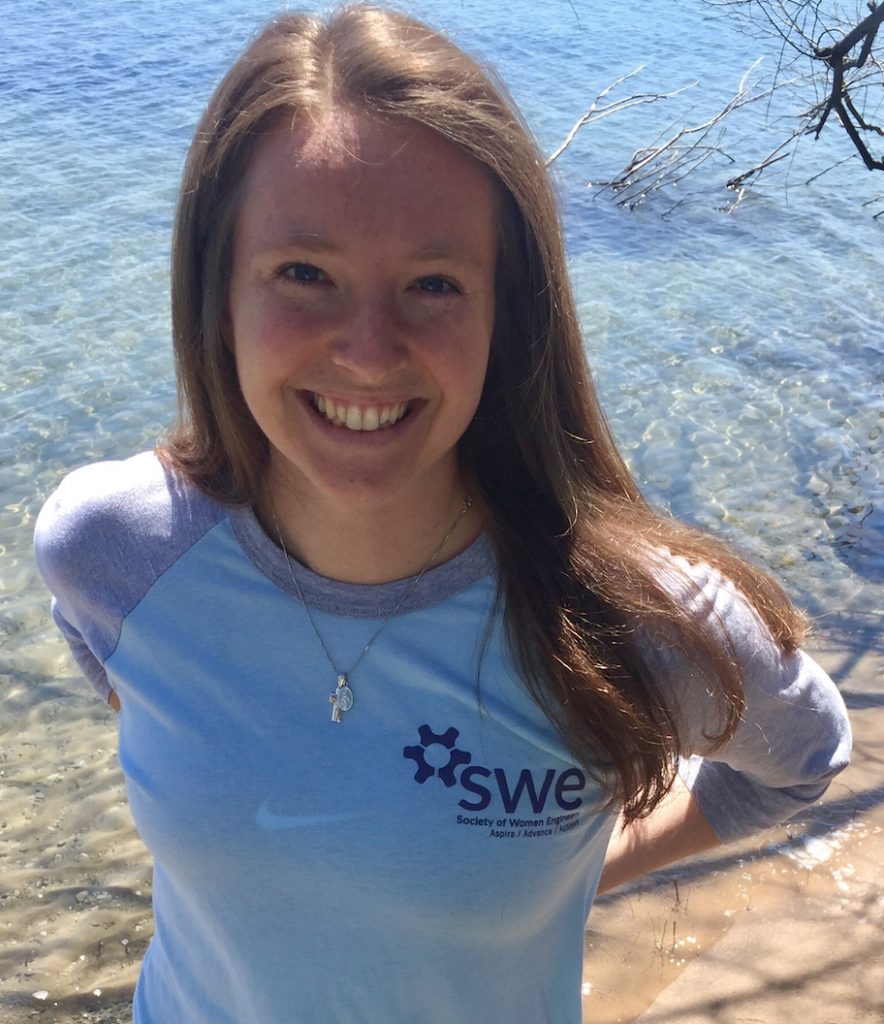
Kelly Peregrin ’20, Biomedical Concentration
Freshman Engineering Prize
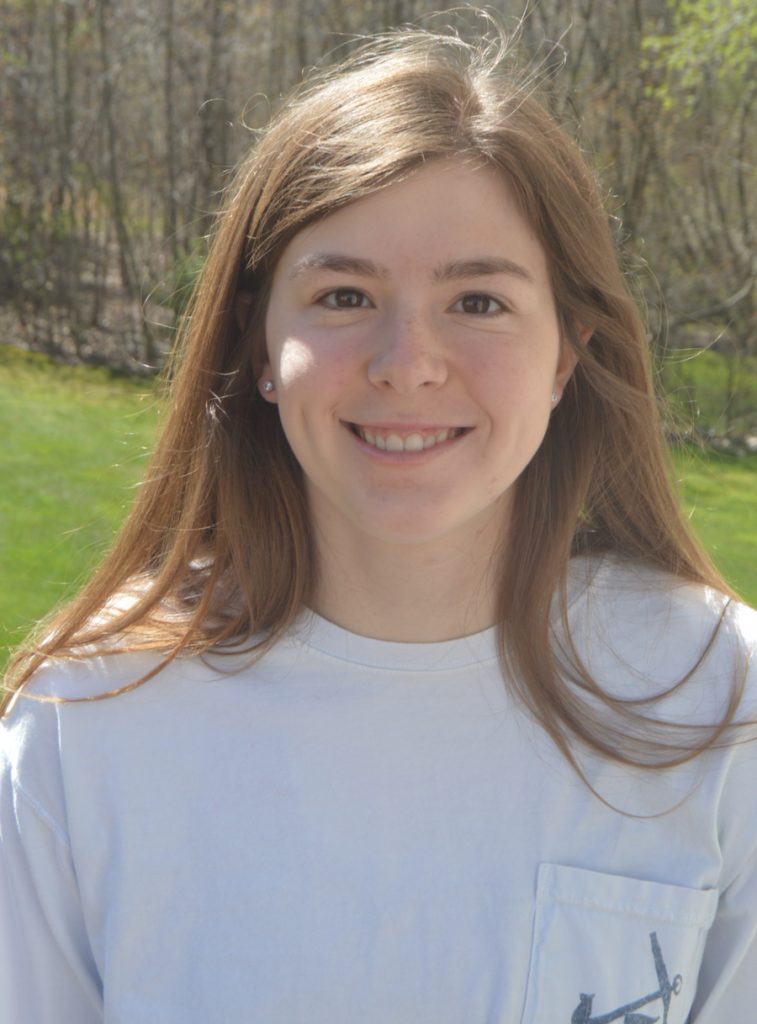
The Freshman Engineering Prize is given to recognize the achievement of the best first-year students in Engineering. These students have already shown a strong ability to understand and express engineering concepts. The two students to receive the award this year were Jenna Core and Grace VanDellen. Jenna and Grace are both Hope athletes. Jenna is a member of the women’s volleyball team and is considering the mechanical, environmental or civil areas for her engineering concentration. and Grace is a member of the women’s golf team and is planning to pursue the biomedical-biomechanical concentration. When asked about what she enjoyed about Hope, Jenna said, “my favorite thing about Hope this year was definitely the people! I have gotten to know so many new people and made some amazing friends. The professors, coaches, staff, and classmates have been so welcoming, friendly, and genuine. Hope definitely wouldn’t be the same without the people and the environment that they create.”

Grace’s response was, “my favorite thing about being at Hope this year was getting to go to all of the athletic events. I am a part of the women’s golf team and that gave me some great friends and an amazing coach. While that was great I also loved attending different games with my friends. I loved watching basketball (one of my favorites), volleyball, and football. I went to my first hockey game ever and loved every minute of it! It is such a fast paced sport and I enjoyed cheering on the team with all of the other students in the stands. I always looked forward to Friday nights and getting to go watch a hockey game with my friends! It was a blast!”
The Engineering Department offers heartfelt congratulations to all of this year’s award winners!


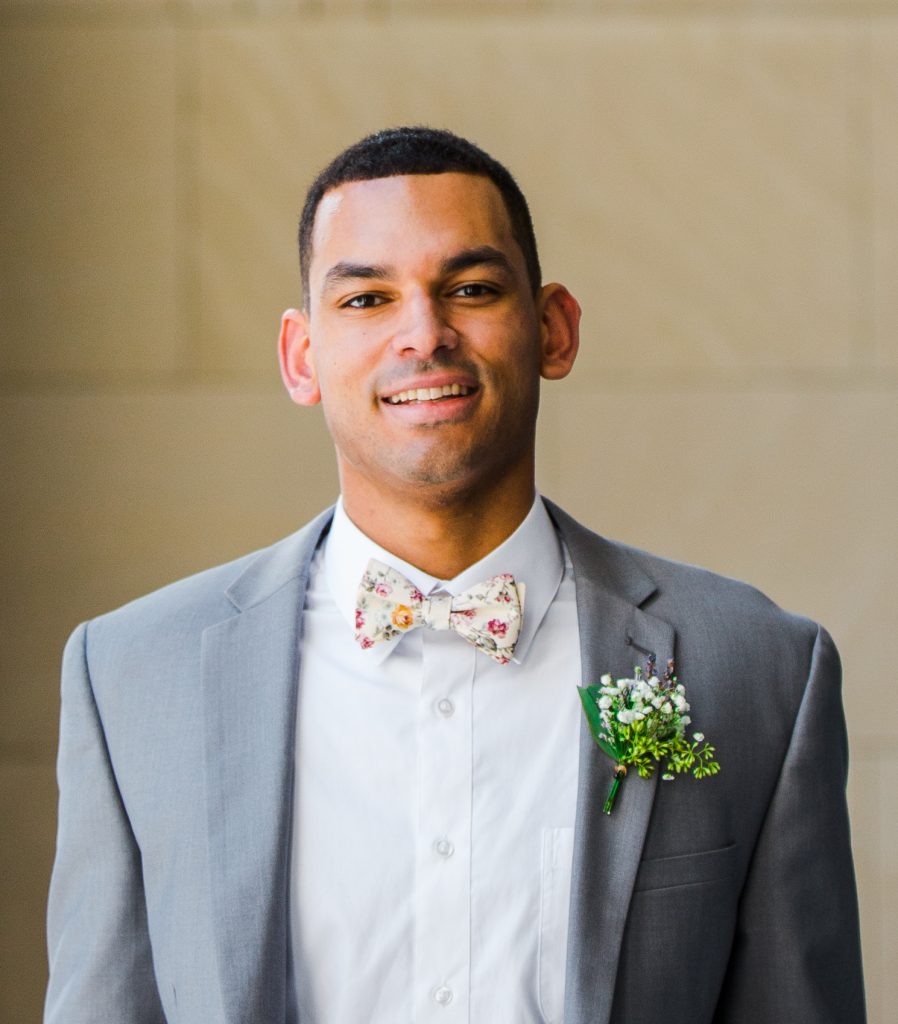
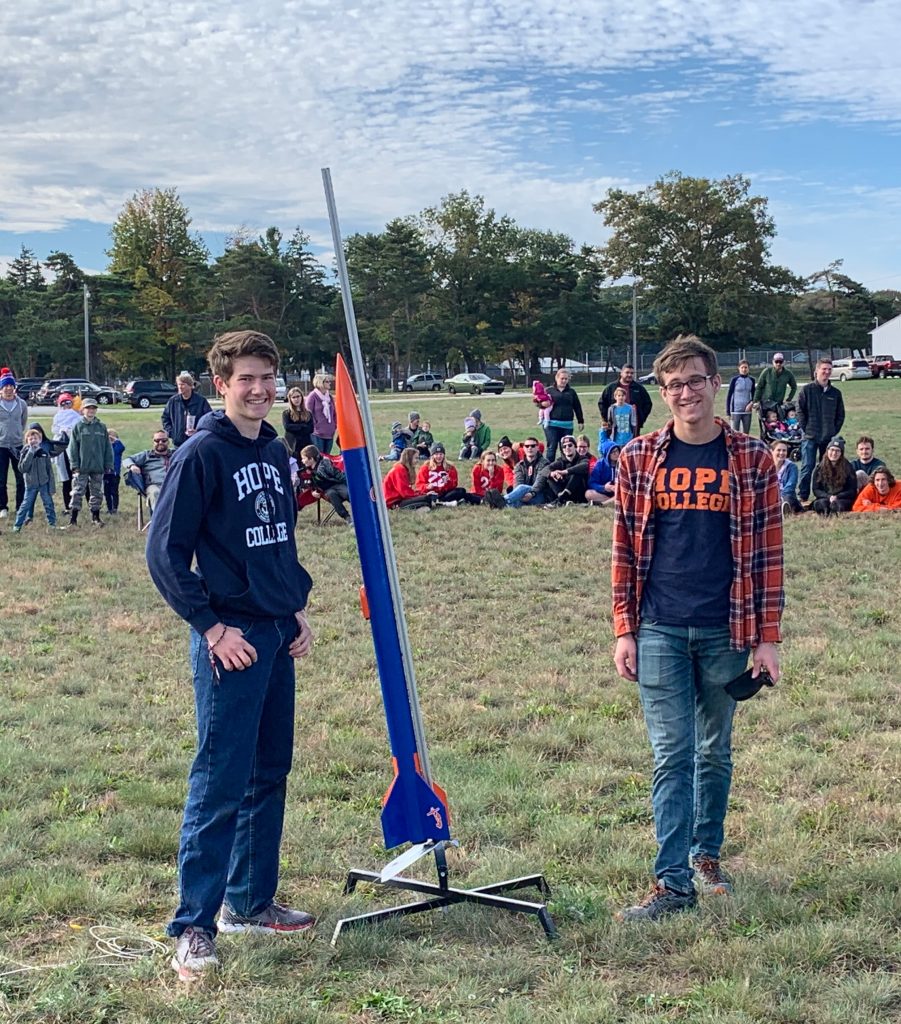
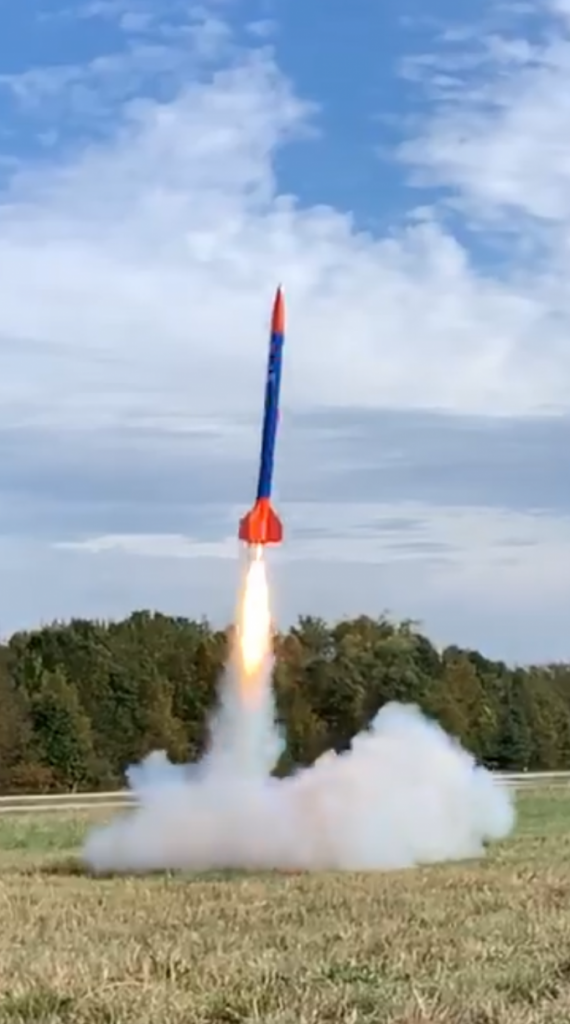


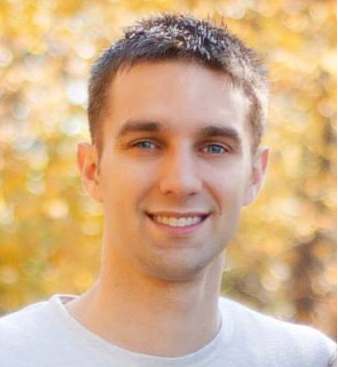
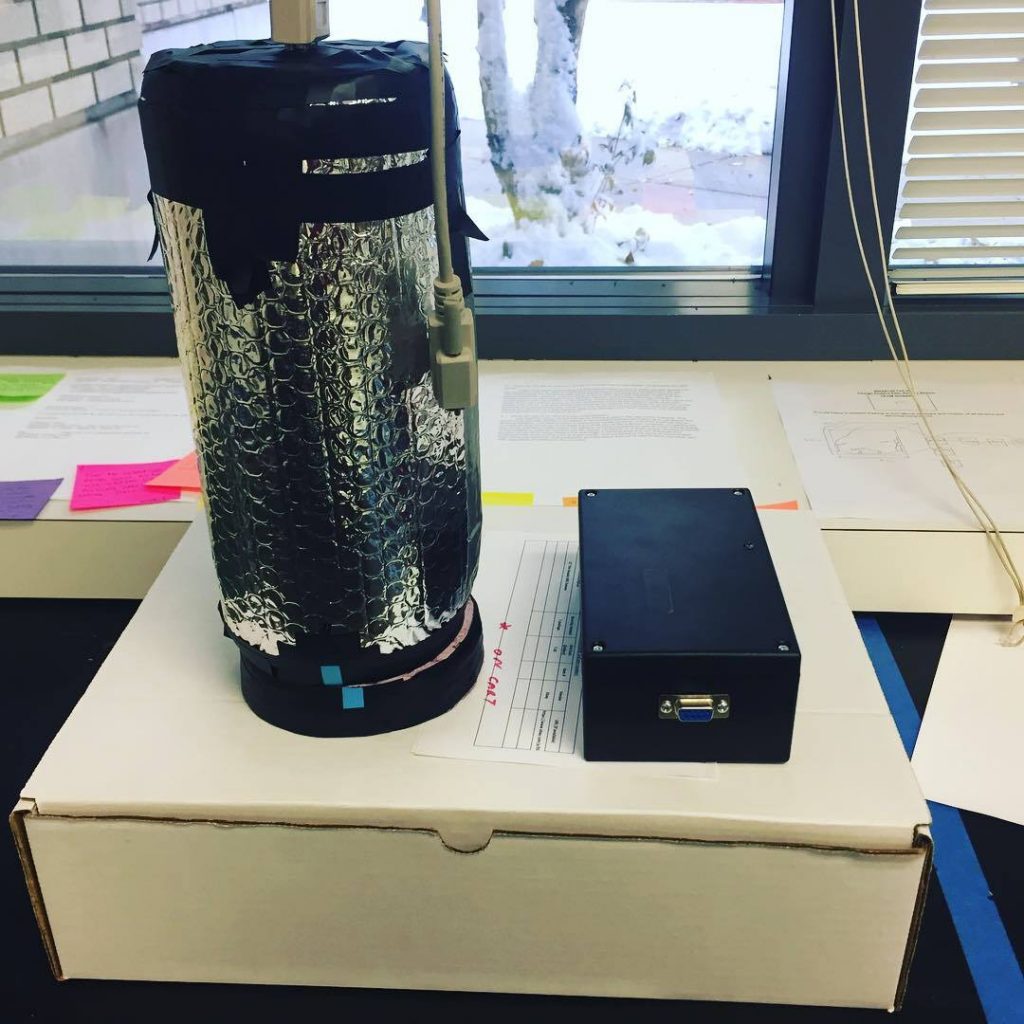
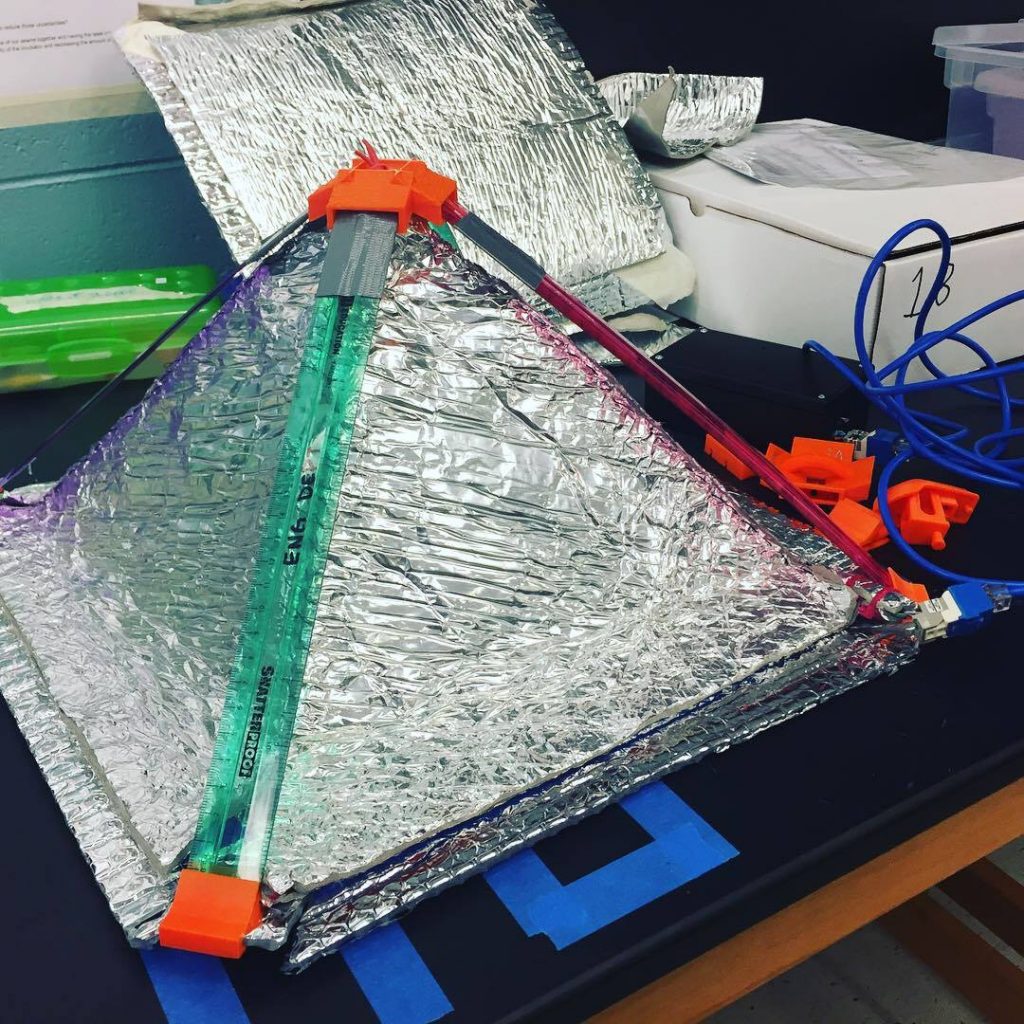
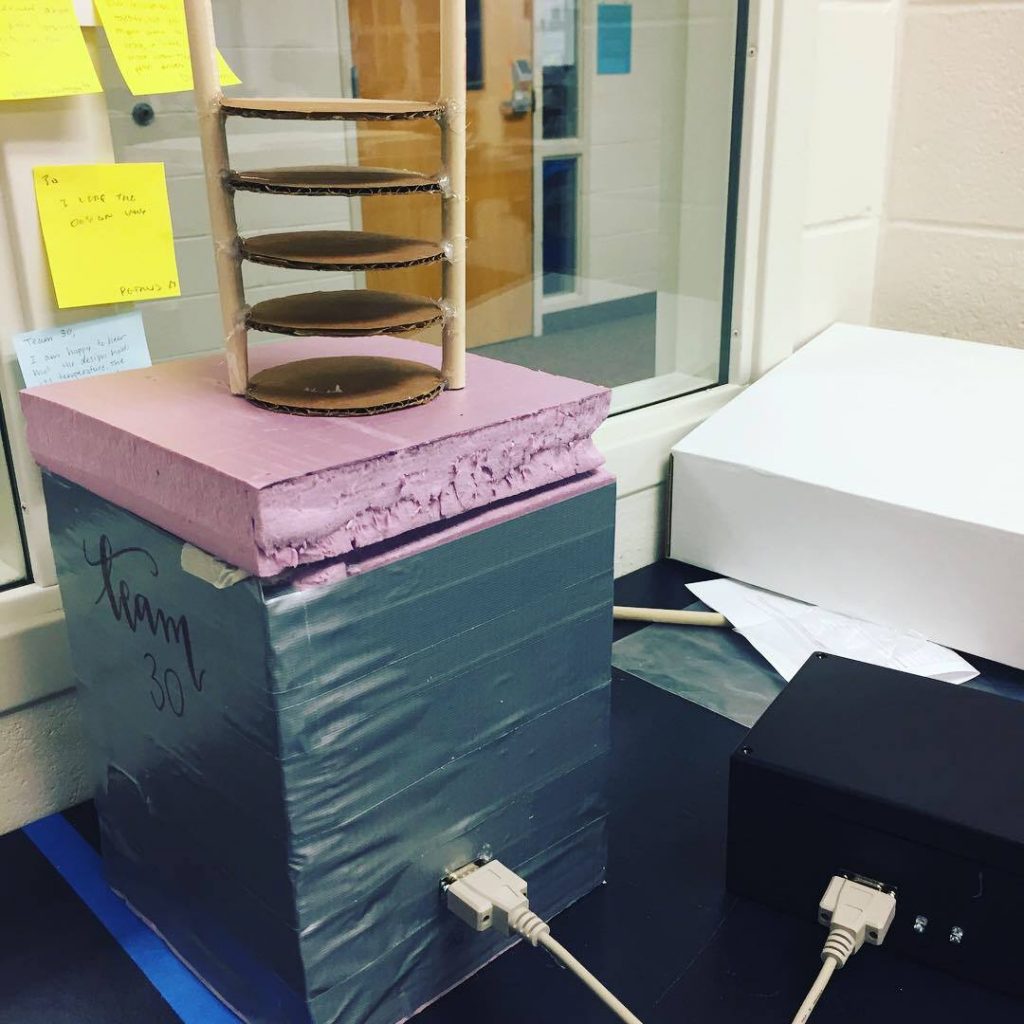
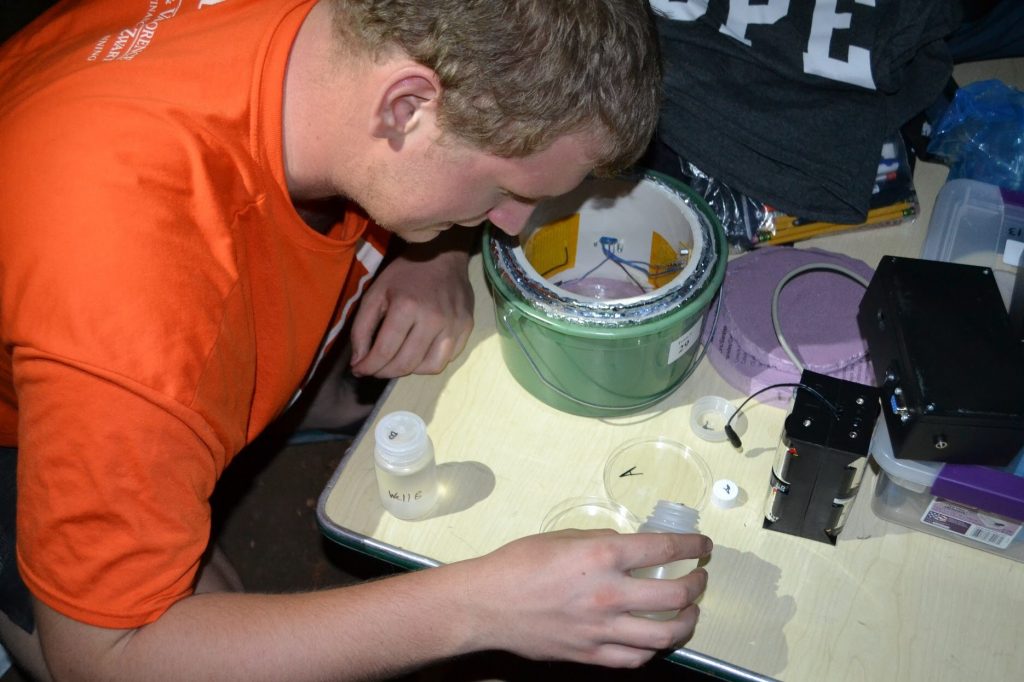
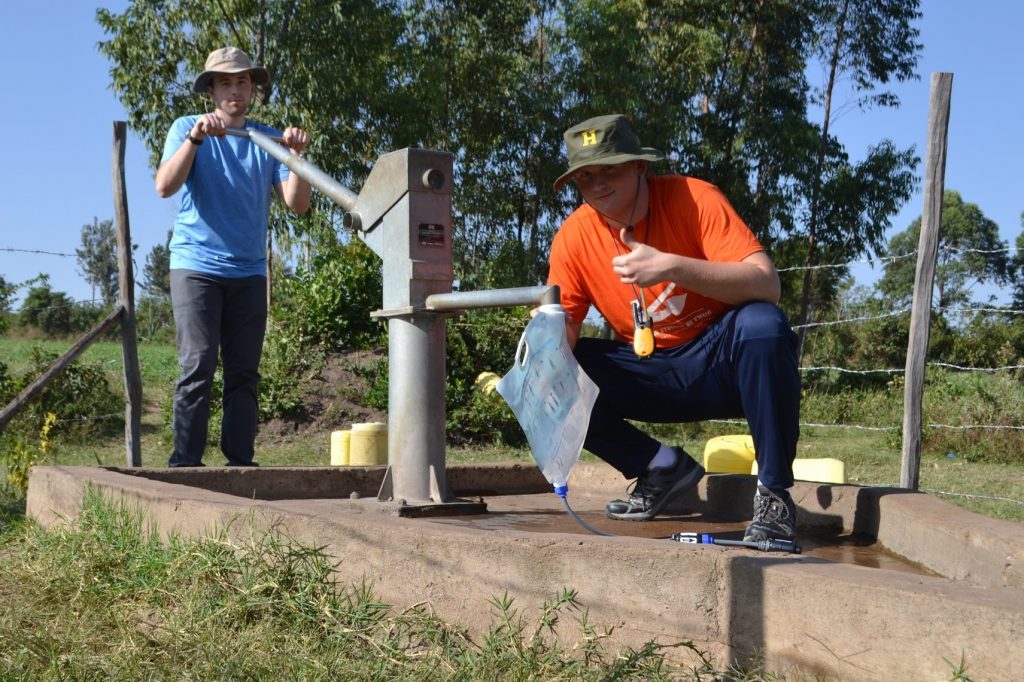
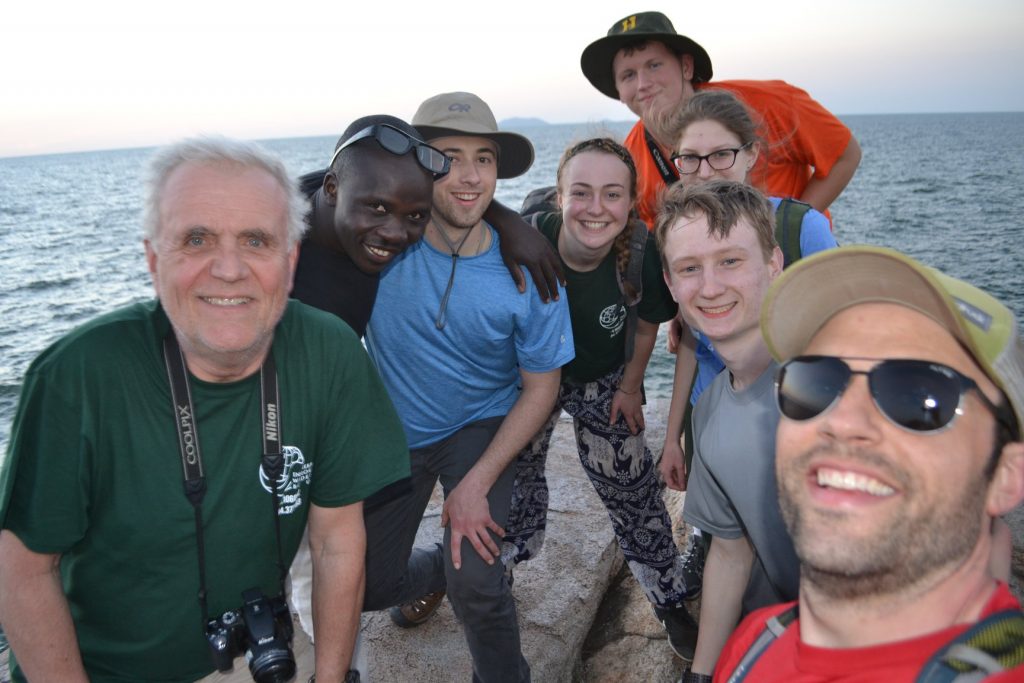



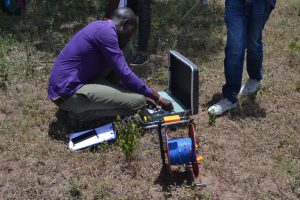

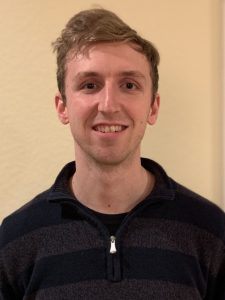 Daniel Langholz ’14 graduated from Hope College with a Bachelor of Science degree in engineering with a concentration in mechanical engineering. After graduation, he attended the University of Michigan where he received his Masters in Aerospace Engineering. Then in early 2016, he joined Lockheed Martin Space Systems where he is currently a Guidance, Navigation, and Controls Engineer in Sunnyvale, CA. While at Lockheed, Daniel has enjoyed working on Project Orion, NASA’s future exploration vehicle for deep space missions. His team worked on the attitude control motor for the launch abort system. He was involved in the design of the control system through preliminary and critical design review and formulation of a testing and verification plan, which involved testing of the solid rocket motor, hardware integration with NASA, and qualification testing (vacuum, thermal, vibrations, etc). The following are excerpts from a recent correspondence with Daniel.
Daniel Langholz ’14 graduated from Hope College with a Bachelor of Science degree in engineering with a concentration in mechanical engineering. After graduation, he attended the University of Michigan where he received his Masters in Aerospace Engineering. Then in early 2016, he joined Lockheed Martin Space Systems where he is currently a Guidance, Navigation, and Controls Engineer in Sunnyvale, CA. While at Lockheed, Daniel has enjoyed working on Project Orion, NASA’s future exploration vehicle for deep space missions. His team worked on the attitude control motor for the launch abort system. He was involved in the design of the control system through preliminary and critical design review and formulation of a testing and verification plan, which involved testing of the solid rocket motor, hardware integration with NASA, and qualification testing (vacuum, thermal, vibrations, etc). The following are excerpts from a recent correspondence with Daniel.